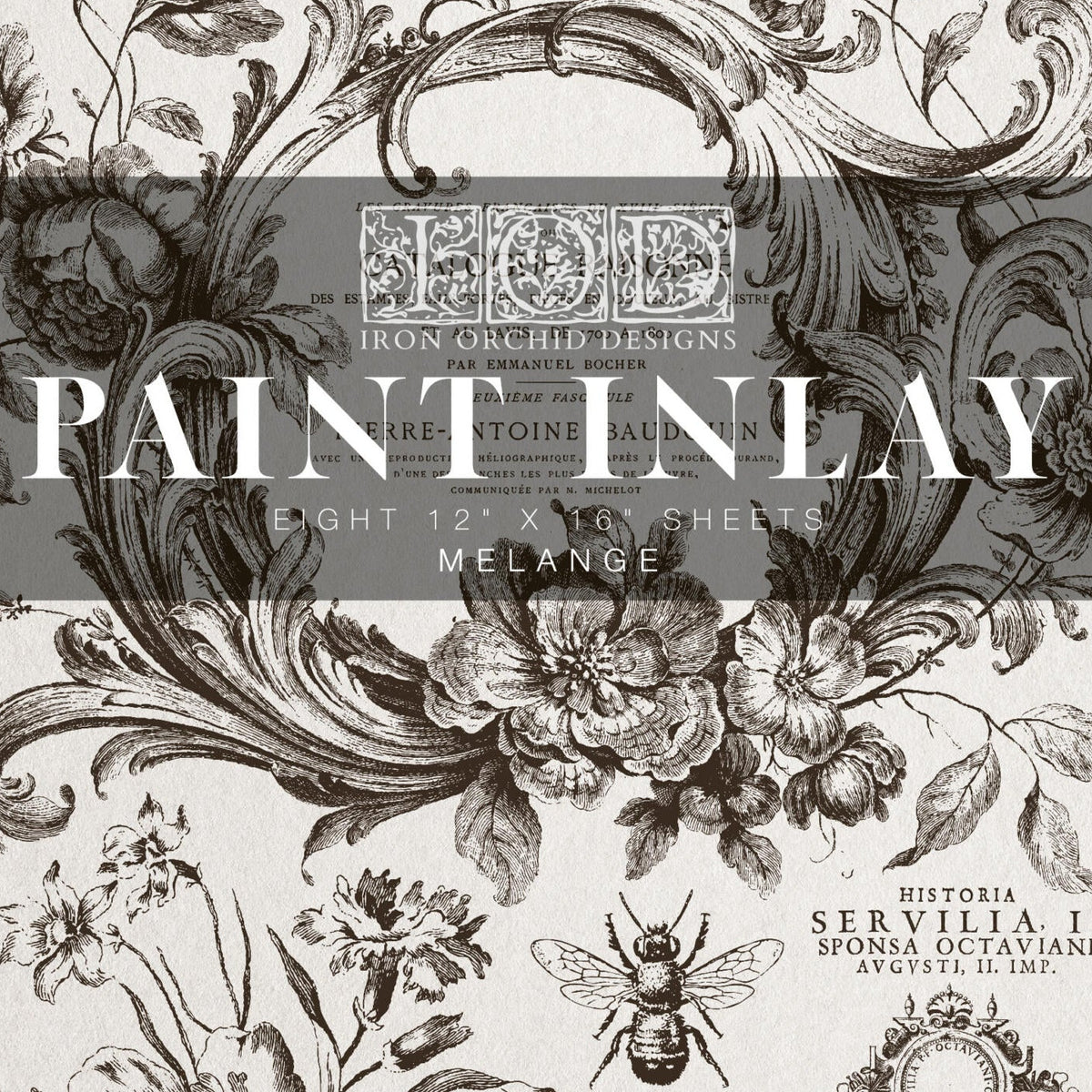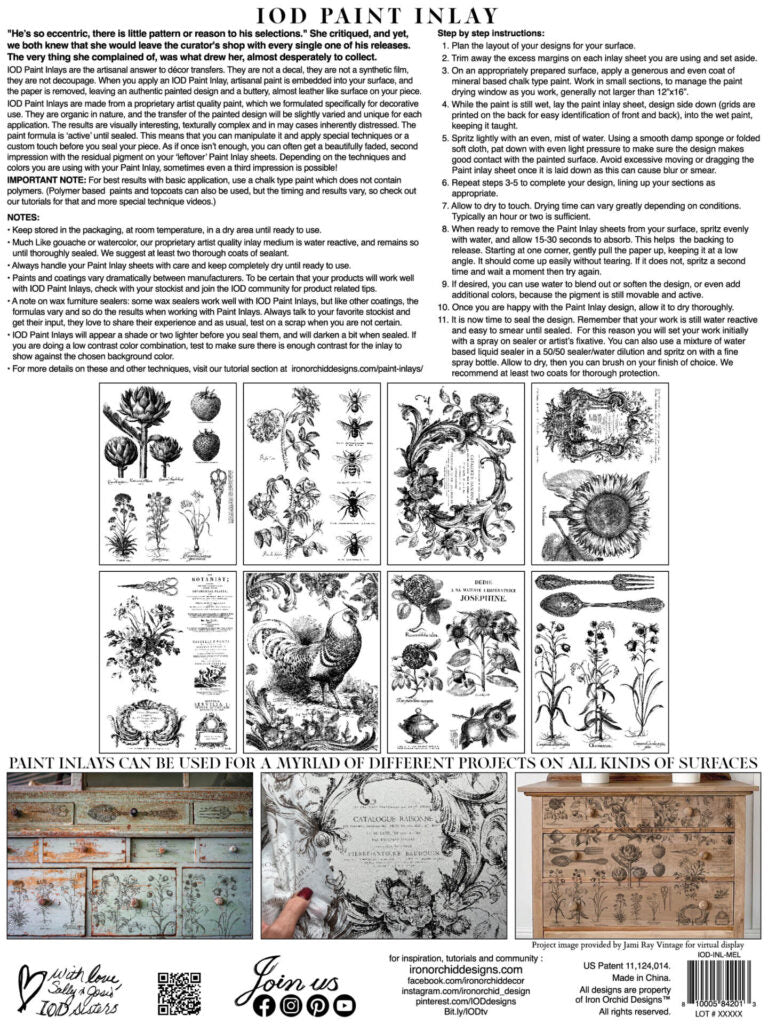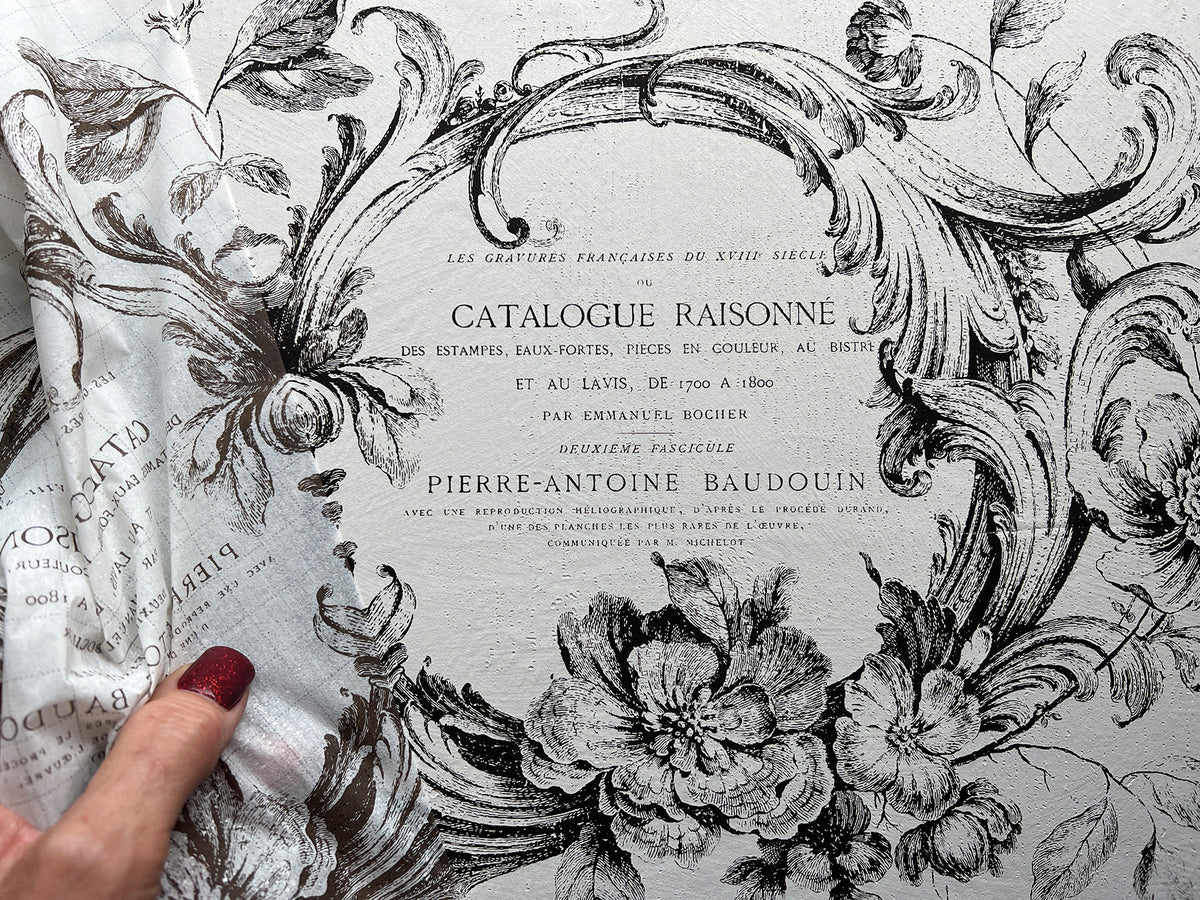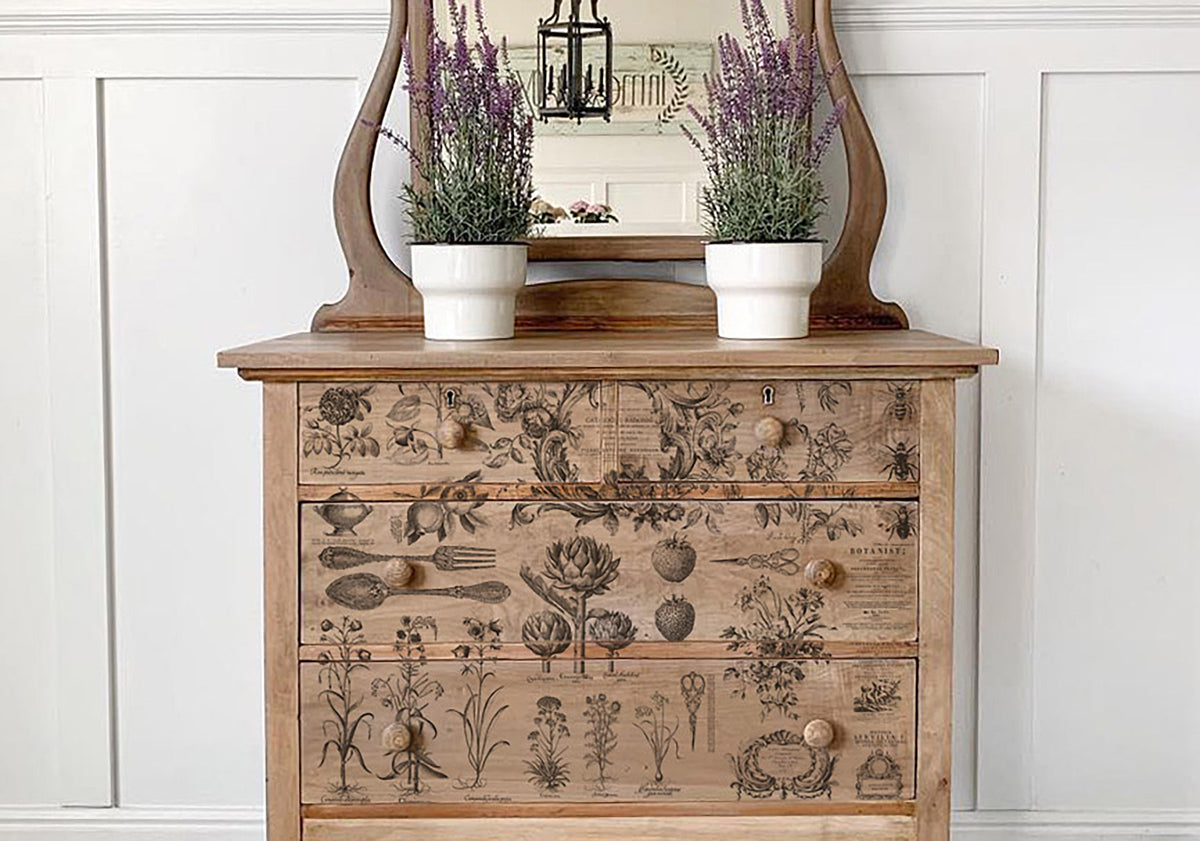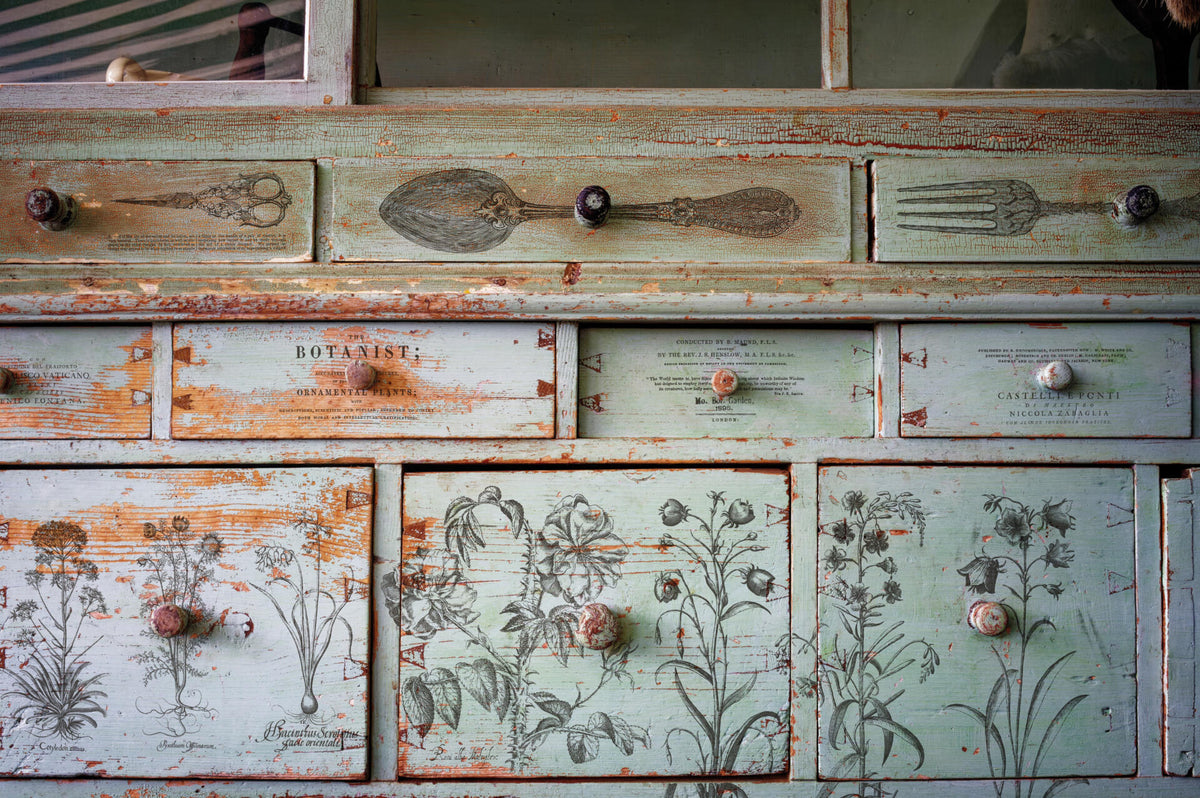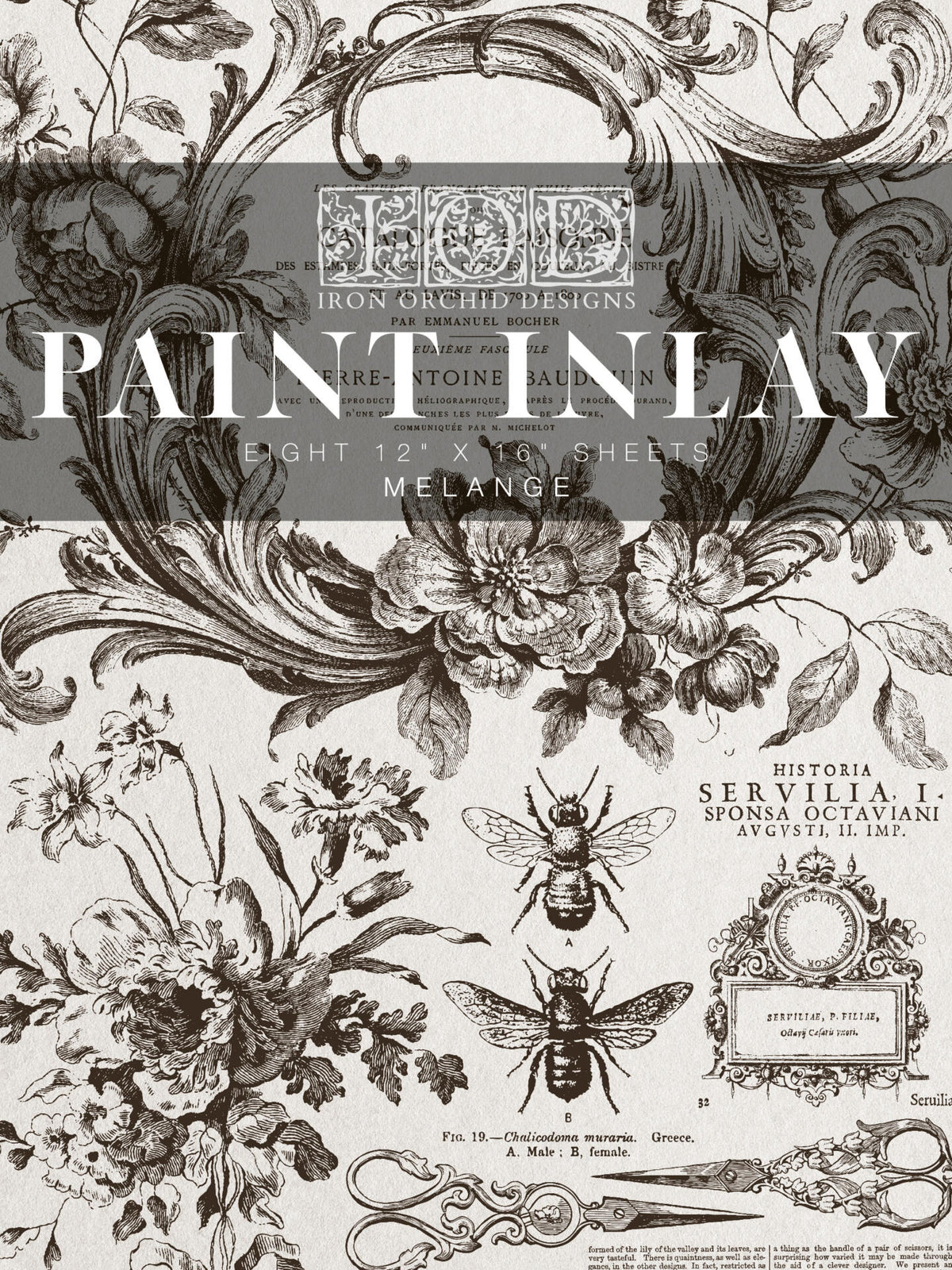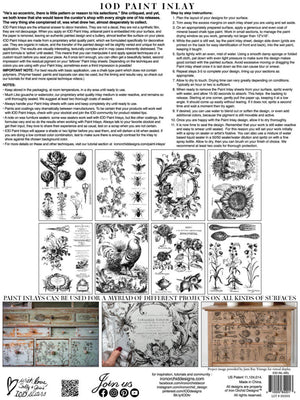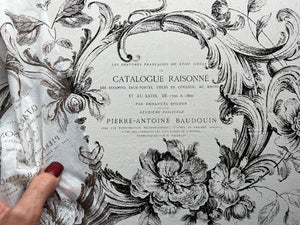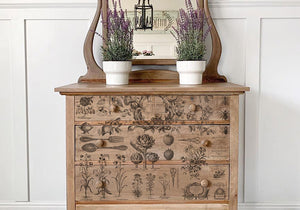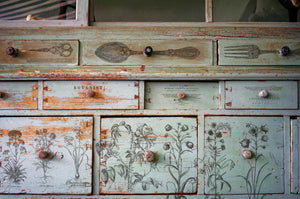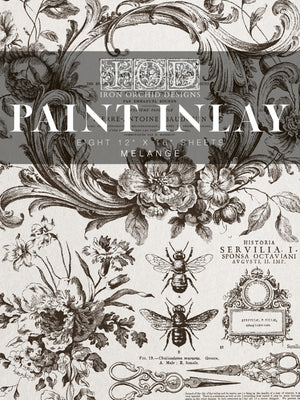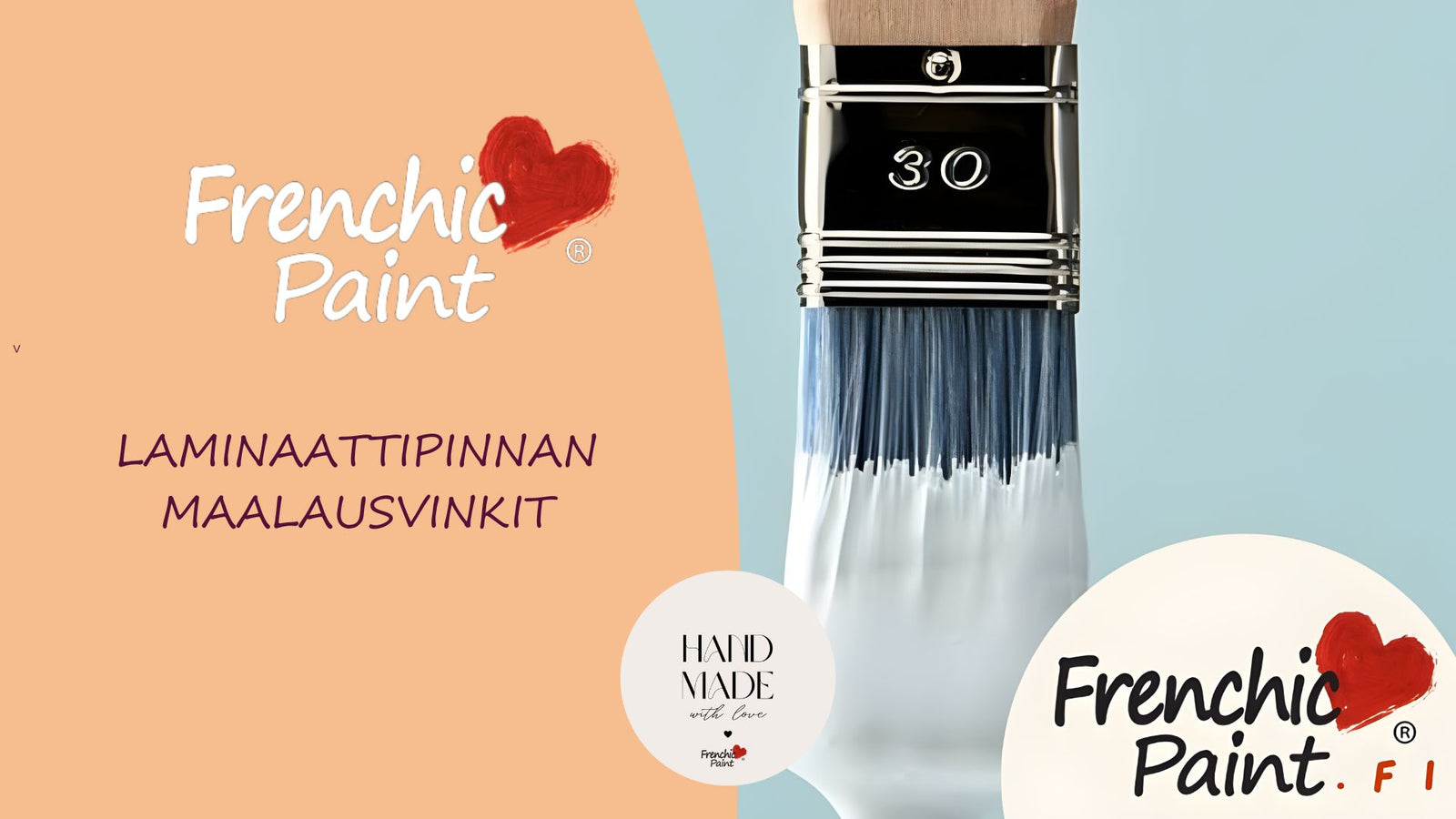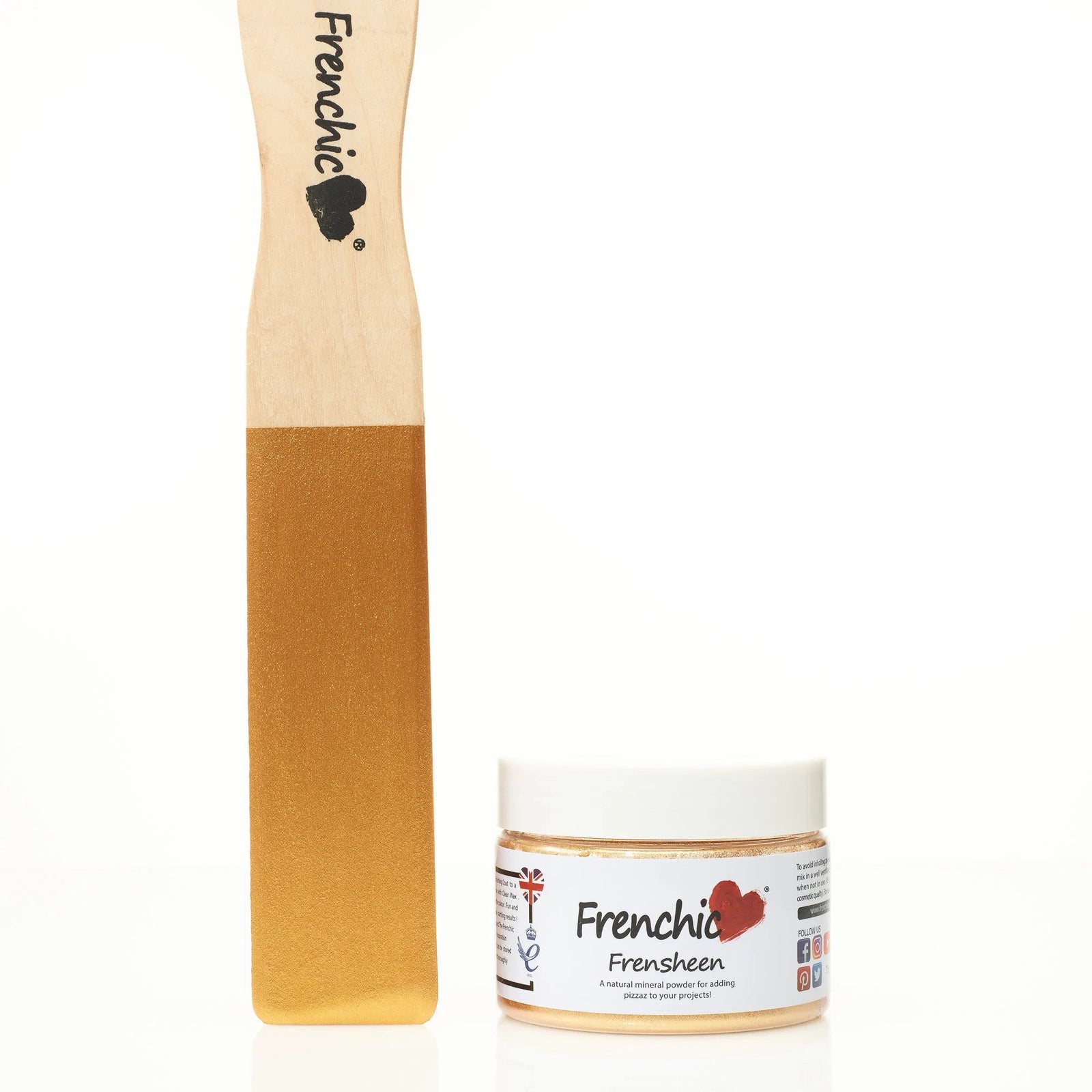There are a few different options for finishing:
Spray your desired water-based sealant with a spray gun designed for paints and surface treatment agents, add e.g. Finishing Coat from the spray bottle.
Lightly brush a water-based polyurethane-type sealer, varnish or epoxy directly onto the work. This method is likely to result in some degree of pigment transfer; this is minimized by avoiding overprocessing.
Create a "mistable" setting spray using a 50/50 mix of water and your favorite water-based sealer. Apply with a fine atomizer. Allow it to dry completely and then apply a brush-on sealer.
Align your work first with a commercially available spray-on sealer or artist's fixative. Let it dry completely and apply your desired finish.
You can also use wax to seal your piece. Apply according to the manufacturer's instructions and buff to a shine as usual.
Some oil-based finishes can be applied directly with a brush to the surface without reactivation. Test on a small area before applying. Note that most oil-based finishes tend to turn amber over time, and this is most noticeable on lighter colors.
IMPORTANT NOTE: Always check sealant/finish product compatibility when using more than one product.


